Home>Gardening & Outdoor>Outdoor Recreation & Activities>When Was The Frisbee Invented?


Outdoor Recreation & Activities
When Was The Frisbee Invented?
Modified: February 18, 2024
Discover the history of the Frisbee and its invention, and learn about its impact on outdoor recreation and activities. Explore the origins of this iconic flying disc!
(Many of the links in this article redirect to a specific reviewed product. Your purchase of these products through affiliate links helps to generate commission for Storables.com, at no extra cost. Learn more)
The Origins of the Frisbee
The Frisbee, a beloved flying disc toy enjoyed by people of all ages, has a fascinating origin story that traces back to the late 19th century. The Frisbee's journey begins with the humble origins of the pie tin.
In the 1870s, William Frisbie founded the Frisbie Pie Company in Bridgeport, Connecticut. The company gained popularity for its delicious pies, which were sold in lightweight, circular tins. As the pies gained a loyal following, something unexpected happened. Children in the area began tossing and playing with the empty pie tins, discovering the joy of watching them soar through the air.
Fast forward to the early 20th century, and the concept of throwing pie tins as a form of recreation had evolved into a popular pastime. It wasn't long before college students, particularly those from Yale University, embraced the activity. They affectionately referred to the flying pie tins as "Frisbies," inspired by the original pie tin manufacturer, Frisbie Pie Company.
The game continued to gain momentum, and in the 1940s, a pivotal moment occurred when Walter Frederick Morrison, an inventor and World War II pilot, designed a plastic flying disc. Morrison's creation, initially known as the "Pluto Platter," captured the essence of the beloved pastime and added a new dimension to the activity.
In 1957, the Wham-O toy company recognized the potential of Morrison's invention and acquired the rights to the "Pluto Platter." The company rebranded it as the "Frisbee," paying homage to the playful origins of the flying disc. The Frisbee quickly became a cultural phenomenon, captivating the hearts and imaginations of people worldwide.
The evolution of the Frisbee from a simple pie tin to a plastic flying disc symbolizes the power of innovation and the enduring appeal of recreational activities. Today, the Frisbee remains a cherished symbol of fun, outdoor play, and friendly competition, embodying the spirit of joy and camaraderie.
The story of the Frisbee's origins serves as a testament to the unexpected ways in which everyday objects can transform into iconic symbols of leisure and recreation, leaving an indelible mark on popular culture for generations to come.
Key Takeaways:
- The Frisbee originated from pie tins and evolved into a plastic flying disc, symbolizing innovation and the enduring appeal of outdoor play and friendly competition.
- The Frisbee’s impact on popular culture extends beyond recreation, fostering togetherness, inspiring organized sports, and even influencing art and expression.
Read more: When Was The Bathtub Invented
The Invention of the Frisbee
The invention of the Frisbee is a tale woven with innovation, creativity, and the spirit of play. It all began with the imaginative mind of Walter Frederick Morrison, a man whose passion for flight and recreation led to the creation of an enduring icon.
In the post-World War II era, Morrison, a World War II pilot, was inspired by the simple joy of tossing a popcorn can lid with his partner, Warren Franscioni, on a Southern California beach. This lighthearted pastime sparked an idea that would change the course of recreational history. Morrison envisioned a flying disc that could soar through the air with grace and precision, captivating the hearts of enthusiasts and casual players alike.
Driven by his vision, Morrison meticulously crafted a prototype of the plastic flying disc, which he initially named the "Pluto Platter." The design aimed to capture the essence of flight and the exhilaration of watching an object glide through the sky. The Pluto Platter embodied Morrison's dedication to creating a recreational device that would bring joy and entertainment to people of all ages.
In 1957, the Wham-O toy company recognized the potential of Morrison's invention and acquired the rights to the Pluto Platter. With a stroke of rebranding genius, the company renamed it the "Frisbee," paying homage to the playful origins of the flying disc and embracing the whimsical spirit of the Frisbie Pie Company.
The introduction of the Frisbee marked a pivotal moment in recreational history, igniting a cultural phenomenon that transcended generations and continents. The Frisbee became synonymous with outdoor fun, friendly competitions, and the sheer delight of watching it gracefully glide through the air.
Morrison's inventive spirit and the subsequent collaboration with Wham-O propelled the Frisbee into the hearts and hands of people worldwide. The Frisbee's evolution from a simple concept to a beloved recreational staple is a testament to the power of imagination and the enduring appeal of leisure activities.
The invention of the Frisbee stands as a testament to the transformative potential of an idea, the joy of play, and the ability of a simple flying disc to unite people in shared moments of laughter, camaraderie, and outdoor enjoyment.
The Frisbee was invented in the late 1800s by William Frisbie, a baker from Connecticut who used to sell pies in metal pans. After people started throwing the empty pans around for fun, the idea for the Frisbee was born.
The Evolution of the Frisbee
The Frisbee, a timeless emblem of outdoor recreation and leisure, has undergone a remarkable evolution since its inception. From its humble origins as a pie tin tossed for amusement to its status as a global phenomenon, the Frisbee has continually adapted and thrived, captivating the hearts and imaginations of enthusiasts across generations.
In the years following its introduction by the Wham-O toy company in 1957, the Frisbee underwent significant advancements in design and functionality. The initial plastic disc, known as the "Frisbee," featured a simple, aerodynamic profile that allowed for smooth, gliding flights. As its popularity surged, manufacturers began experimenting with materials and designs, leading to the development of specialized discs tailored for various throwing techniques and playing styles.
The evolution of the Frisbee also encompassed the emergence of organized disc sports, such as Ultimate Frisbee and disc golf. These sports not only showcased the versatility of the Frisbee but also fostered vibrant communities of players and enthusiasts. Ultimate Frisbee, a fast-paced team sport that combines elements of football, soccer, and basketball, gained widespread popularity and evolved into a competitive and inclusive athletic pursuit.
Furthermore, the evolution of the Frisbee extended beyond its physical form, encompassing technological advancements and innovative applications. Modern iterations of the Frisbee feature enhanced durability, flight stability, and aerodynamic precision, catering to the diverse needs and preferences of players worldwide. Additionally, the integration of LED lights and glow-in-the-dark materials has extended the Frisbee's appeal into nighttime and low-light settings, amplifying the thrill of outdoor play.
The enduring legacy of the Frisbee is also evident in its cultural impact and representation in popular media. The Frisbee has been featured in films, television shows, and advertisements, solidifying its status as an enduring symbol of fun and recreation. Its presence in parks, beaches, and open spaces around the world reflects its universal appeal and ability to bring people together in moments of shared enjoyment.
As the Frisbee continues to evolve, it remains a testament to the enduring spirit of play, innovation, and the boundless joy of outdoor activities. Its evolution mirrors the adaptability and resilience of recreational pursuits, demonstrating the capacity of a simple flying disc to transcend time and inspire countless moments of laughter, camaraderie, and pure outdoor enjoyment.
The Impact of the Frisbee on Popular Culture
The Frisbee, with its captivating flight and versatile playability, has left an indelible mark on popular culture, transcending its status as a recreational toy to become a symbol of joy, camaraderie, and outdoor leisure. Its impact extends far beyond the realms of parks and beaches, permeating various facets of popular culture and leaving a lasting impression on individuals and communities worldwide.
One of the most notable contributions of the Frisbee to popular culture is its role in fostering a sense of togetherness and social interaction. Whether it's a casual game of catch between friends, a spirited round of Ultimate Frisbee in a local park, or a competitive disc golf tournament, the Frisbee has consistently served as a catalyst for bonding and shared experiences. Its presence in social gatherings, picnics, and outdoor events has become synonymous with lighthearted fun and inclusive participation, bringing people of all ages and backgrounds together in moments of laughter and connection.
Furthermore, the Frisbee has permeated popular media, appearing in films, television shows, and advertisements as a symbol of carefree enjoyment and outdoor recreation. Its iconic silhouette soaring through the air has become a visual representation of leisure and play, evoking feelings of nostalgia and the simple pleasures of outdoor activities. The Frisbee's presence in popular culture has contributed to its enduring appeal, solidifying its status as a timeless emblem of carefree recreation and the spirit of adventure.
In addition to its recreational significance, the Frisbee has also inspired the growth of organized disc sports, such as Ultimate Frisbee and disc golf, which have gained widespread recognition and dedicated communities of players. These sports have not only elevated the Frisbee to a competitive level but have also fostered a sense of sportsmanship, teamwork, and athletic prowess, further embedding the Frisbee in the fabric of popular culture.
Moreover, the Frisbee's influence extends into the realm of art and expression, with enthusiasts incorporating disc throwing and freestyle maneuvers into dance, performance art, and visual displays. The fluidity and grace of the Frisbee's flight have inspired creative interpretations, adding a touch of artistic flair to its cultural impact.
Ultimately, the Frisbee's impact on popular culture transcends mere entertainment, embodying the spirit of outdoor play, community engagement, and the enduring joy of shared experiences. Its presence in everyday life and its ability to evoke feelings of nostalgia and unity underscore its profound influence on popular culture, making it a cherished symbol of carefree recreation and the boundless possibilities of outdoor enjoyment.
Frequently Asked Questions about When Was The Frisbee Invented?
Was this page helpful?
At Storables.com, we guarantee accurate and reliable information. Our content, validated by Expert Board Contributors, is crafted following stringent Editorial Policies. We're committed to providing you with well-researched, expert-backed insights for all your informational needs.
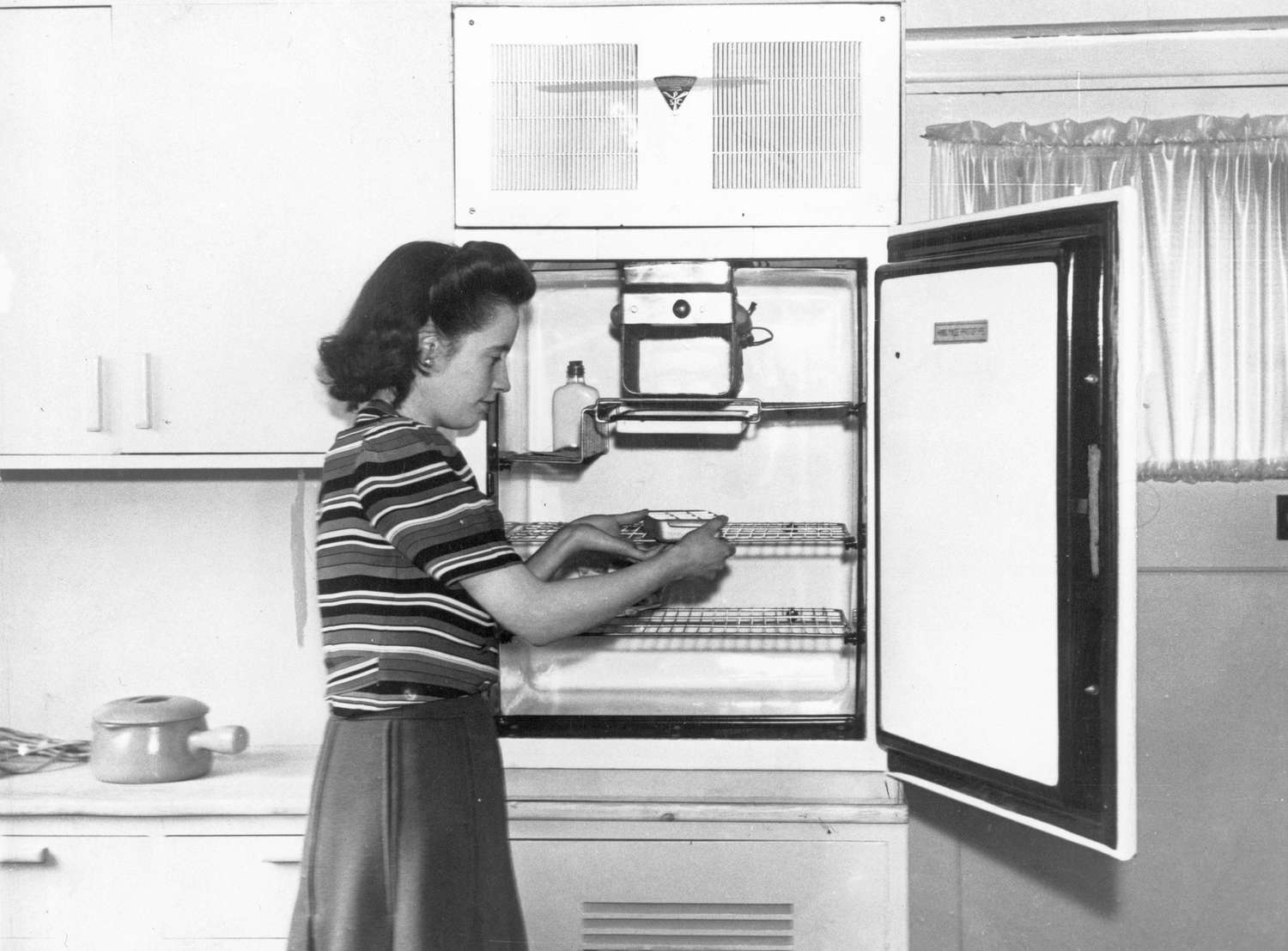
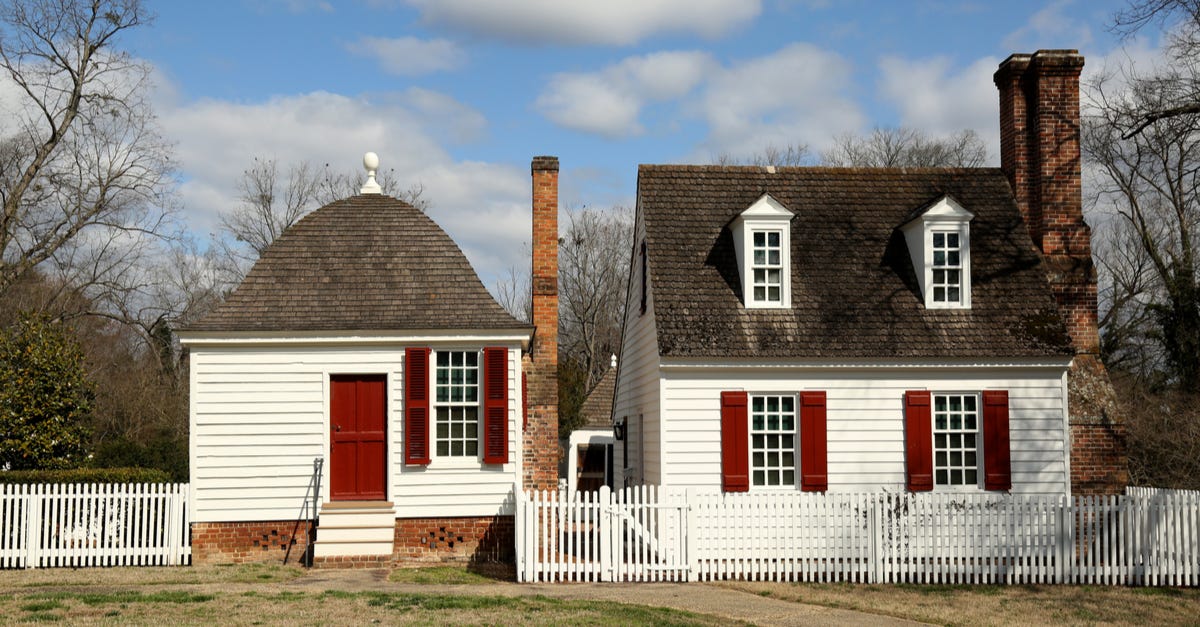



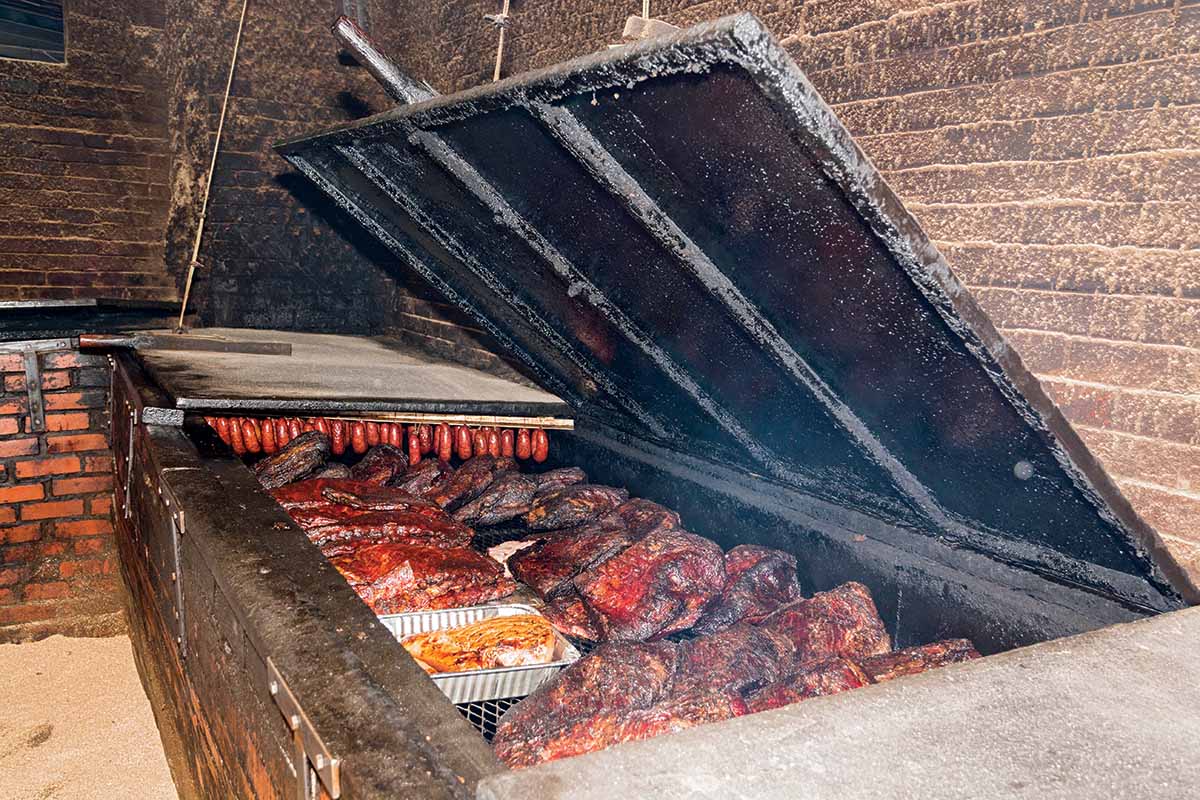
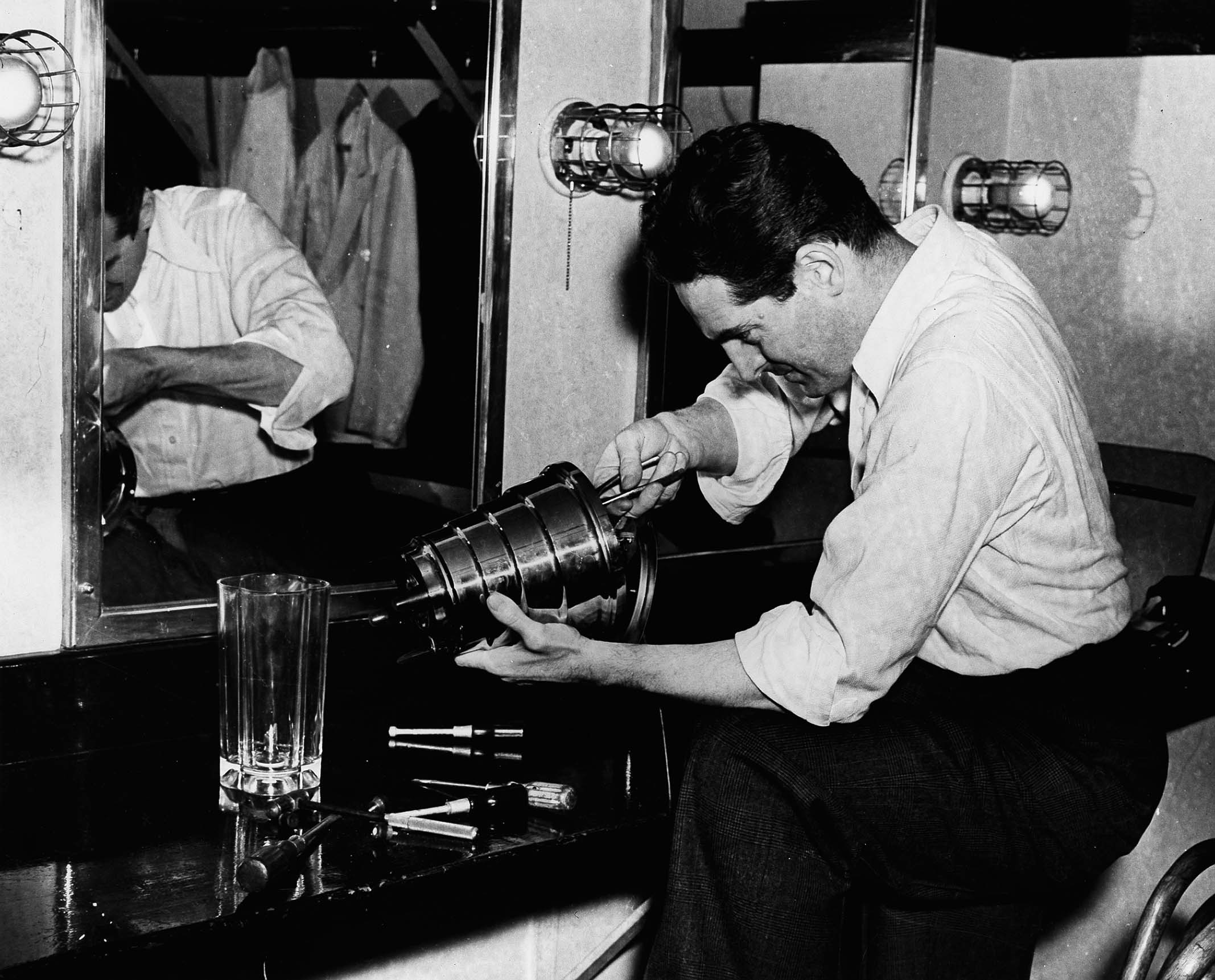


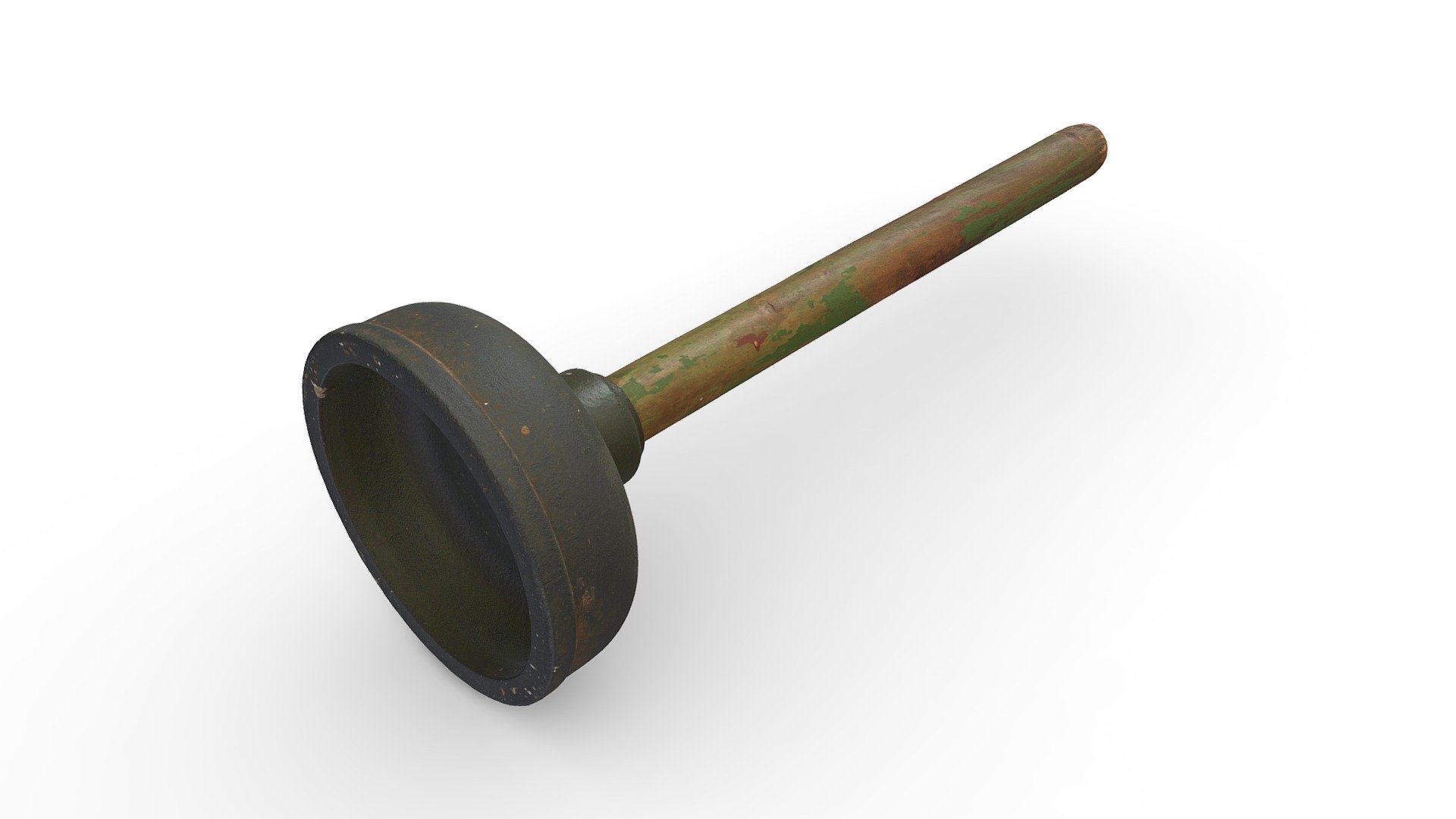


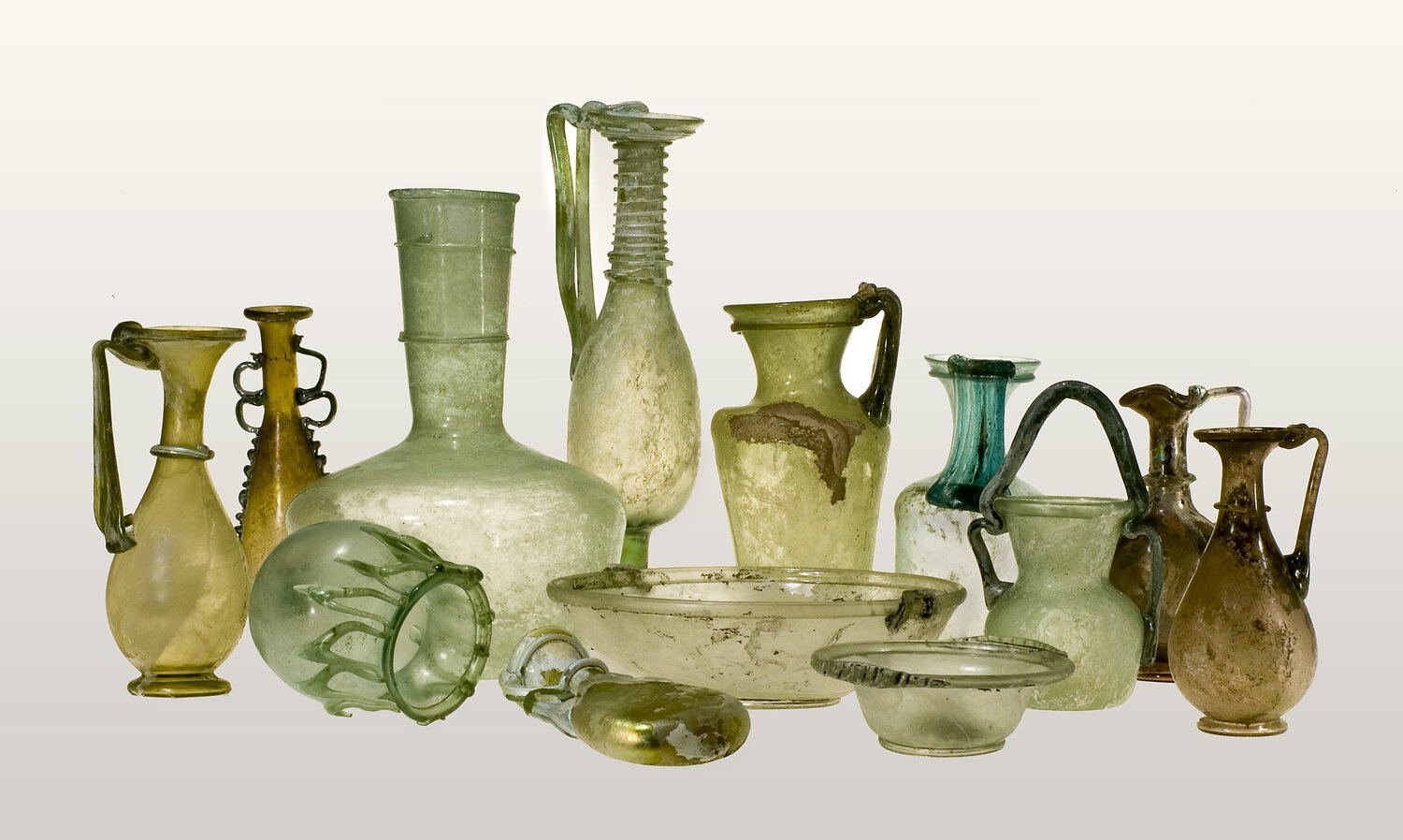
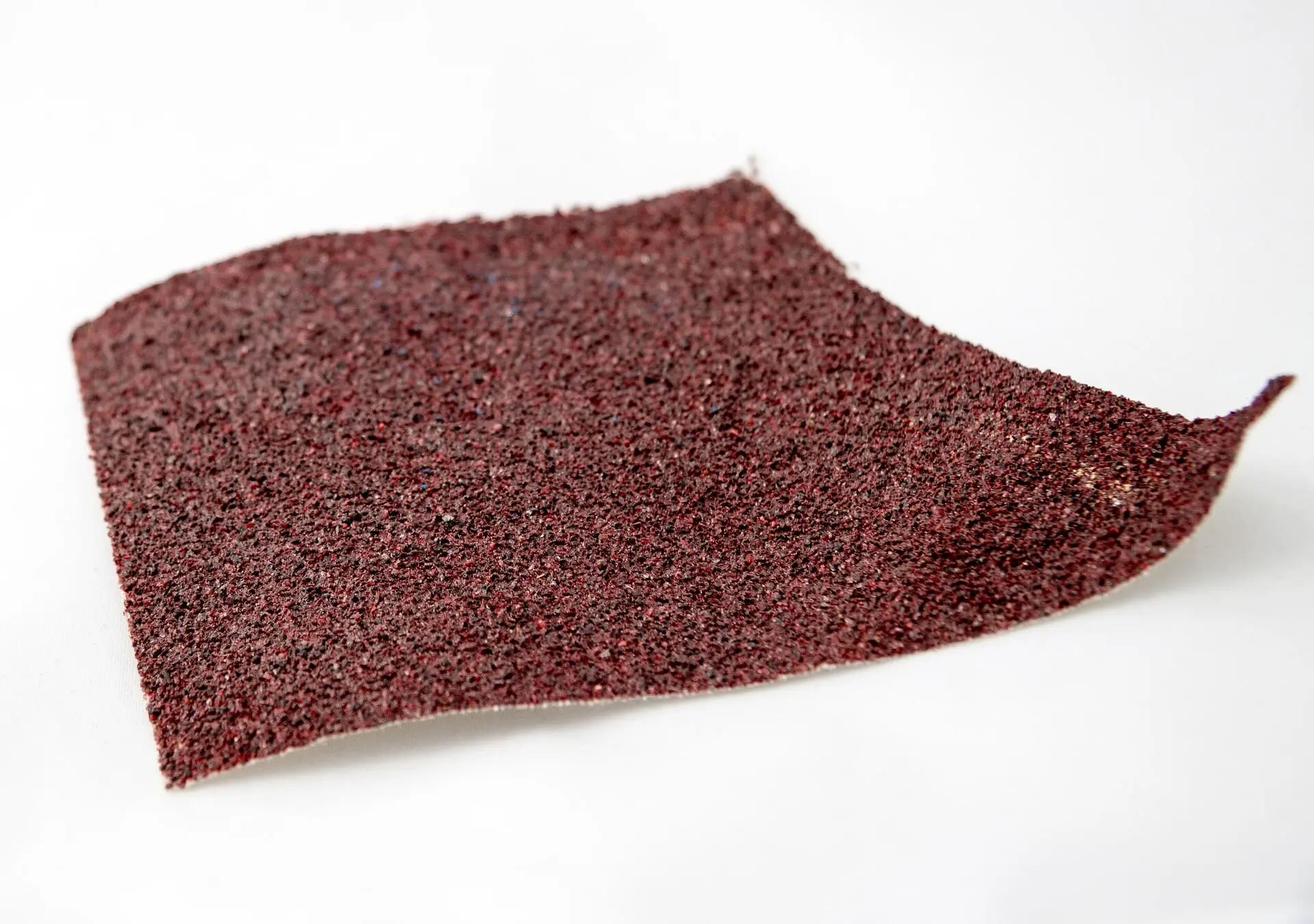
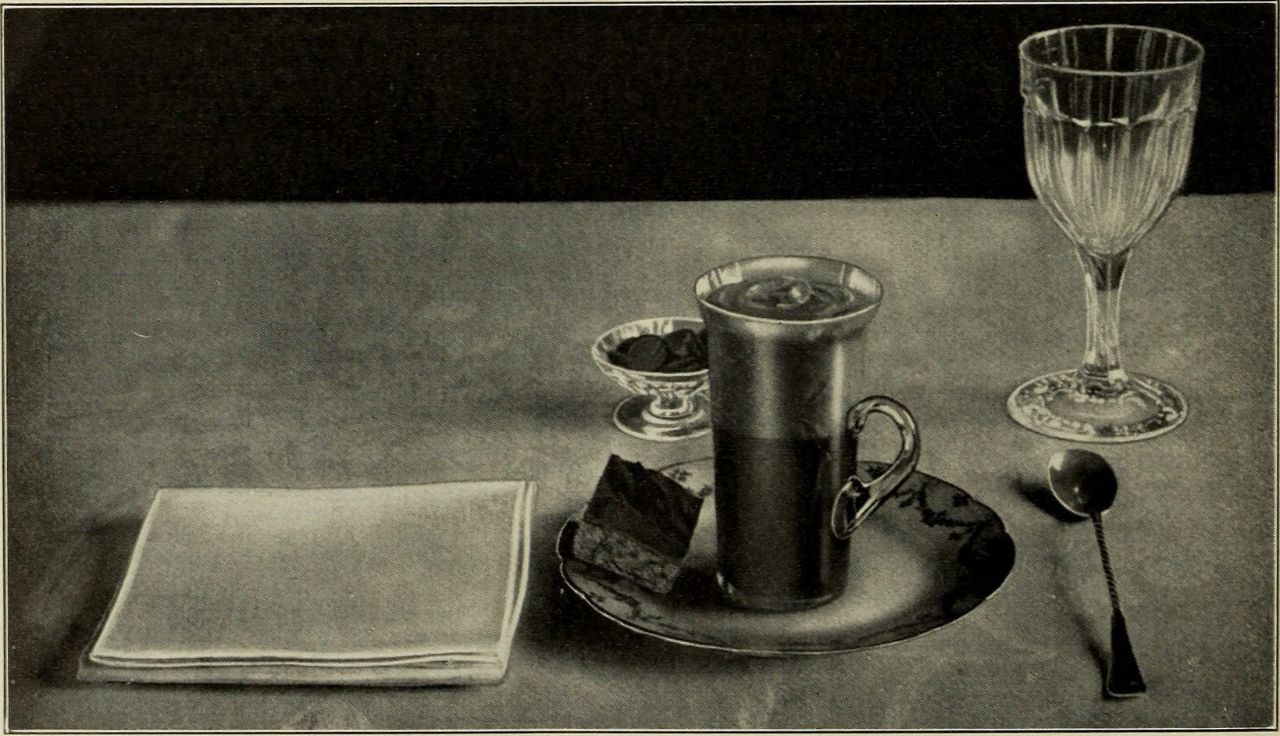

0 thoughts on “When Was The Frisbee Invented?”